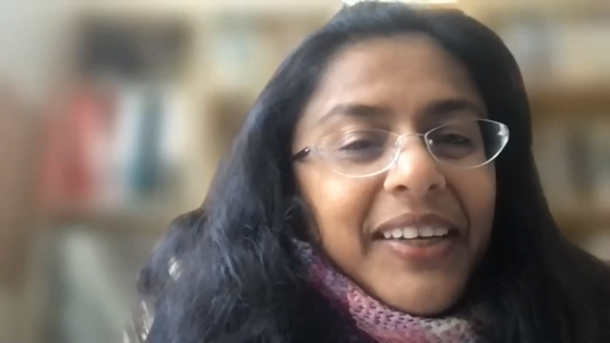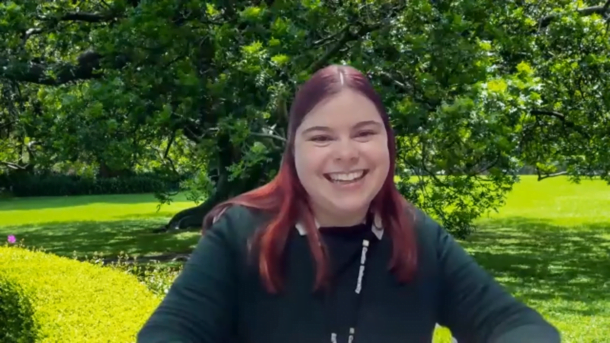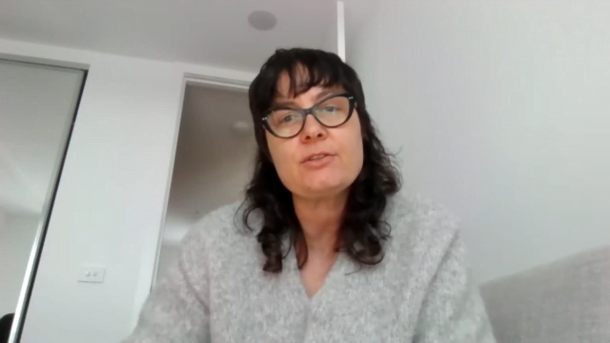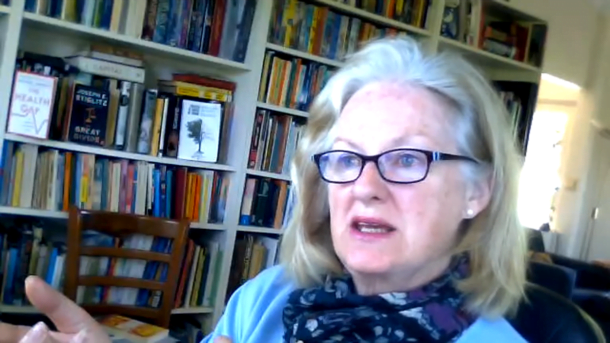Watch Parlour LAB 09 on Post Occupancy Evaluation: Learning from the life of buildings, with Leena Thomas and Jessica Breadsell
preview
Please log in to your account to purchase access to the full recording, or to use a code. If you do not have an account, you can register here.
1 formal point on completion of the cpd questions.
Refer to the Learning Objectives for Parlour LAB.
Post Occupancy Evaluation: Learning from the life of buildings
What can we learn from the ongoing life of buildings? In the context of increasing expectations to demonstrate the value and impact of architectural solutions, can Post Occupancy Evaluation help establish value and support further research within the built environment?
LAB 09 tackles this important topic. Leena Thomas and Jessica Breadsell begin with short presentations on their work before joining Rebecca McLaughlan and Justine Clark for a rich and lively discussion about the risks of POE, misconceptions about POEs (they are not designed to identify defects!) and the many benefits of this work, including measuring performance, engaging with occupants, validating design decisions, redressing problems and feeding learnings forward into the design of future buildings.
Leena identifies a disconnect between a technocentric approach and a user-centric one, and Jessica continues this theme with an example of how the latest technology may be prioritised by the designer but not by the families who occupy the space and need to wrangle the technology. Engaging with occupants about their needs, preferences and how they use the buildings on a daily basis is incredibly important.






The Parlour LAB audience is engaged and generous with a stream of questions, comments and advice. Several audience members ask how practising architects could access the knowledge and feedback from POEs. It was even posed that there should be a central research repository for academia and practice, ensuring information was public and accessible so everyone could learn and improve for future projects.
What is abundantly clear, is that POE is a topic of enormous interest to the profession, but for many it’s not obvious how to access information. Our speakers had some great advice on how practitioners might get started, as did some of our audience members. It’s certainly a topic that deserves further exploration and discussion. We aim to follow up with a reading list of resources and an FAQ document for practitioners, and will link to that when available.
To learn more about our speakers’ work, see the UTS En.gauge Post Occupancy Evaluation of the Built Environment Program and Leena’s recent collaboration on POE in workplaces and take a look at Jessica’s recent projects: the WGV Precinct, the Circular Economy Living Lab and the RACE for 2030 CRC. Both are also involved in the Fairwater Living Lab.
This Parlour LAB session was recorded online on Friday 20 August. Session summary by Susie Ashworth.





















